Purchasing a car goes beyond a simple financial transaction, it represents a personal milestone and a reflection of your lifestyle. Whether you’re buying your first car or upgrading to a new model, thoughtful preparation can transform the experience into a smooth and rewarding journey. These Car Buying Tips are designed to help you make informed choices by evaluating your needs, comparing models, securing the best financing, and negotiating with confidence. From weighing the pros and cons of new versus used cars to exploring financing options and using reliable car comparison platforms, these Car Buying Tips ensure you drive away with the right car at the best value.
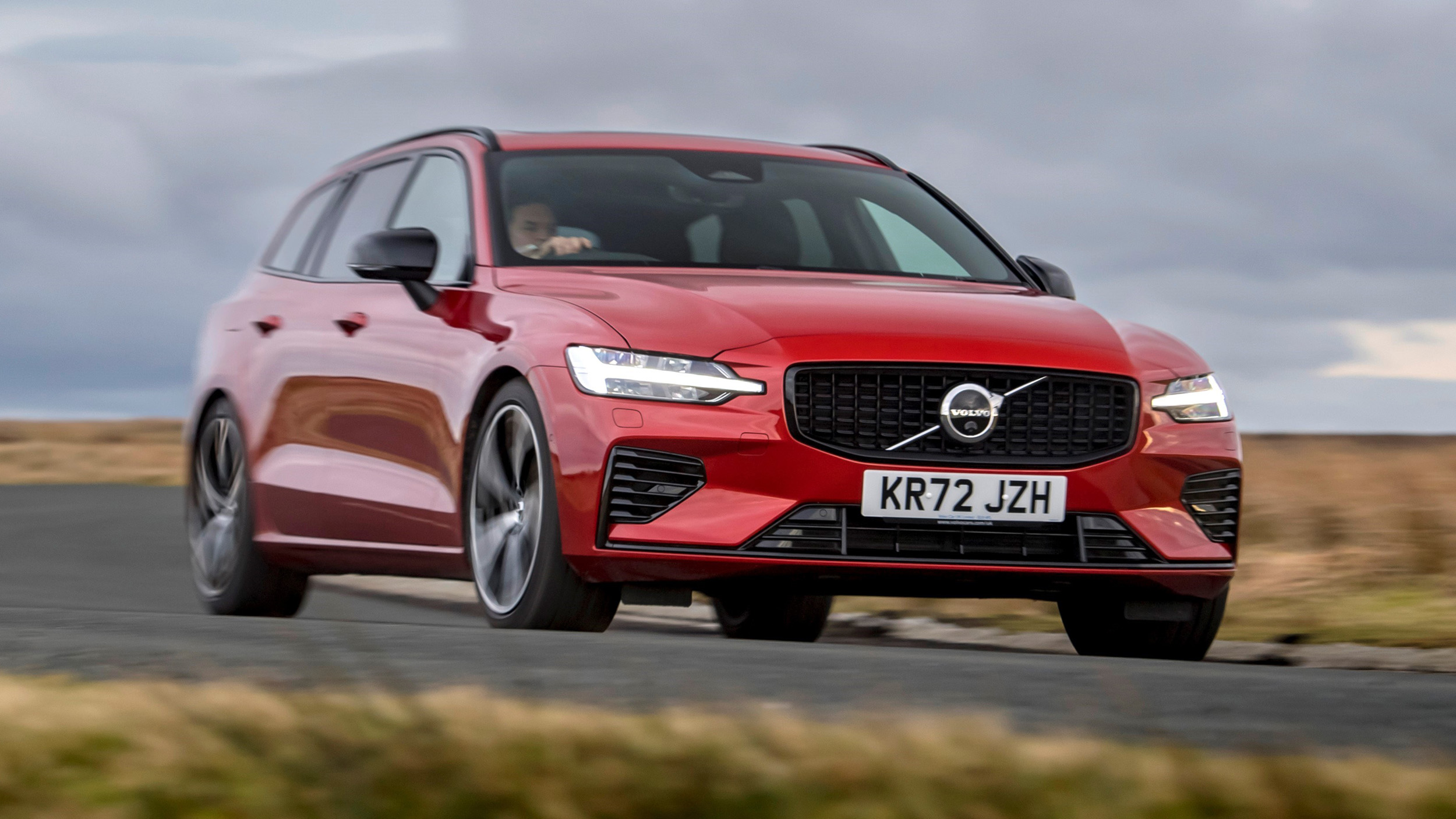
1. Set Your Budget First
Your budget determines your choices. The price of the car is just the beginning, factor in:
- Down payment
- EMIs on car loans
- Taxes and registration
- Car insurance premium
- Fuel, maintenance, and road tax
Experts recommend keeping total car expenses within 15–20% of your net monthly income. Use the EMI calculator for car buying to get a clear picture. Proper financial planning ensures a smooth ownership experience.
2. Be Clear About Your Needs
Before diving into flashy brochures, ask yourself:
- Will you drive mostly in the city or on highways?
- Is it for daily office commutes, weekend trips, or family holidays?
- How many passengers do you typically travel with?
- Do you need extra boot space for luggage, baby strollers, or sports gear?
Understanding your lifestyle is key. Best cars for families differ from cars ideal for solo commuting or performance driving. A clear purpose will help you shortlist suitable models faster.
3. Choose the Right Fuel Type
Fuel choice has a major impact on running costs:
- Petrol cars – Affordable upfront cost, ideal for short daily drives.
- Diesel cars – Better mileage, suitable for long-distance travelers.
- CNG cars – Budget-friendly for city driving, but less powerful and with limited boot space.
- Electric vehicles (EVs) – Lowest running cost and environment-friendly, though the charging infrastructure is still expanding.
For urban commuting, CNG or petrol cars work well. If you travel frequently, a diesel or an EV may be better. These Car Buying Tips help balance fuel efficiency and budget smartly.
4. Body Type Matters Hatchback, Sedan, or SUV
- Hatchback: Compact, easy to park, best for city driving.
- Sedan: Comfortable for long drives, stylish, and offers extra boot space.
- SUV & Crossovers: Great ground clearance, power, space, and presence on the road.
Pick a body style that fits your usage, not just your dreams. Best cars for city driving are often hatchbacks, while SUVs suit larger families and long trips.
5. Engine and Transmission Choice
The engine and gearbox determine both driving comfort and fuel efficiency.
- Manual Transmission – Better mileage and control, but tiring in heavy traffic.
- Automatic Transmission – CVT, AMT, or DCT options offer smooth driving, especially in congested cities.
Assess your daily routes and driving comfort. This new car checklist ensures you don’t overlook drivetrain preferences.
6. Prioritize Safety Features
When choosing a car, safety should never be compromised. Check for:
- Dual or multiple airbags
- ABS with EBD
- Electronic Stability Program (ESP)
- ISOFIX child seat mounts
- Rear parking sensors and cameras
- NCAP safety ratings
These features are crucial, especially when buying safe cars for beginners or vehicles for family use.
7. Resale Value Matters
A car’s resale value affects its long-term ownership cost. Brands like Maruti Suzuki, Toyota, and Honda are known for:
- High reliability
- Strong service networks
- Better resale demand
Research depreciation rates and trade-in value for old cars before finalizing your purchase.
8. Take a Proper Test Drive
Watching reviews isn’t enough, a test drive tells the real story. Evaluate:
- Steering and handling response
- Ride comfort and noise levels
- Visibility and ergonomics
- Performance on different terrains
Bring your family along to ensure everyone’s comfort. This is one of the most important tips for first-time car buyers.
9. Total Cost of Ownership
The total cost of ownership includes more than the sticker price:
- Fuel costs
- Scheduled maintenance and service
- Insurance renewal
- Depreciation
- Long-term repairs
Sometimes, an expensive car upfront is cheaper to own in the long run due to low maintenance costs.
10. Research and Compare Models
Use car comparison websites and reviews to:
- Compare specs and features
- Read real user experiences
- Check service network coverage
- Evaluate resale and reliability
Dealer vs private car buying also makes a difference in pricing and after-sales support.
11. Best Time to Buy a Car
Timing can help you save a significant amount. The best time to buy a car includes:
- Festive seasons (Diwali, Dussehra) — best offers and freebies
- Year-end (Oct–Dec) — clearance discounts
- Monday showroom visits — less crowd, more negotiation power
- Black Friday & New Year deals
Strategic timing can boost your car price negotiation leverage.
New vs. Used Car What’s the Right Choice?
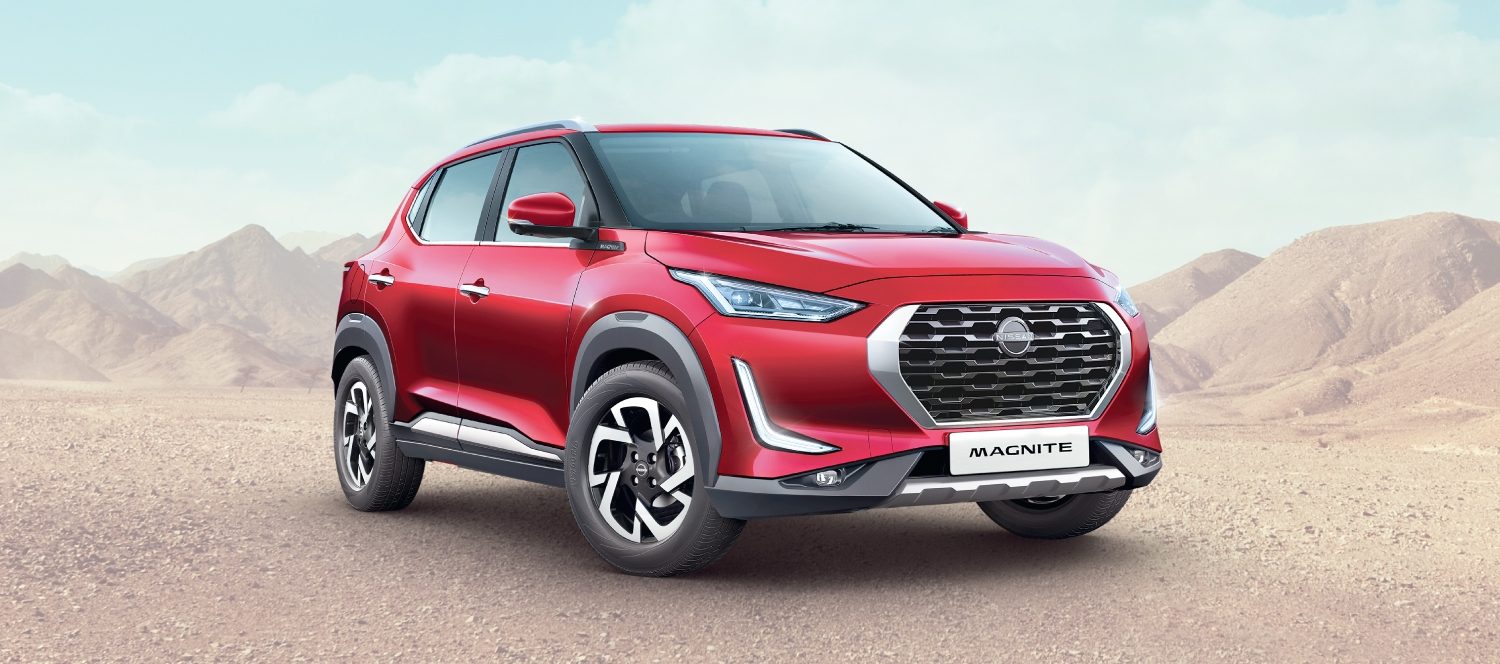
Both new and used cars have pros and cons. Use this used car buying guide to decide:
Pros of New Cars
- Latest safety and tech features
- Lower maintenance initially
- Better loan and insurance offers
- Full manufacturer warranty
Cons of New Cars
- Higher purchase price
- Faster depreciation
Pros of Used Cars
- Lower upfront cost
- Slower depreciation
- Often lower insurance costs.
Cons of Used Cars
- Higher maintenance sooner
- Limited model choice
Certified pre-owned cars offer a safer middle ground with inspection and warranty coverage.
Car Loan Advice and Financing Options
Financing plays a key role in your car-buying journey:
- Compare finance options for car buyers from banks, NBFCs, or dealers.
- Maintain a good credit score for lower interest rates.
- Check both short-term and long-term EMI impacts.
- Factor in the vehicle registration process and insurance.
A 1% difference in loan interest can save or cost thousands. Always calculate your total financing cost, not just the monthly EMI.
Down Payment and Trade-Ins
- Aim for 20% down payment on new cars and 10% on used cars.
- Research your current car’s trade-in value in advance.
- Use that amount to reduce your loan burden.
A well-planned trade-in strategy lowers overall costs.
Finalizing the Deal
Before driving away, follow these final steps:
Review the Paperwork
- Double-check the agreed price, interest rate, and terms.
- Verify VIN, features, and warranty details.
- Watch for hidden fees or unnecessary add-ons.
Insurance & Registration
- Get proper insurance coverage before taking delivery.
- Complete the vehicle registration process as per local RTO guidelines.
Inspect the Vehicle
- Recheck the car’s condition, accessories, and mileage.
- Confirm that everything promised is delivered.
By following these Car Buying Tips, you ensure a smooth purchase experience and avoid common mistakes to avoid when buying a car.
Conclusion
Buying a car is a milestone, and making informed choices ensures it’s a rewarding one. By applying these practical Car Buying Tips, exploring finance options, considering low-maintenance cars, and timing your purchase wisely, you can save money and avoid future hassles.
Whether it’s a brand-new car or a certified pre-owned one, careful planning, comparison, and negotiation help you drive away with confidence and peace of mind.
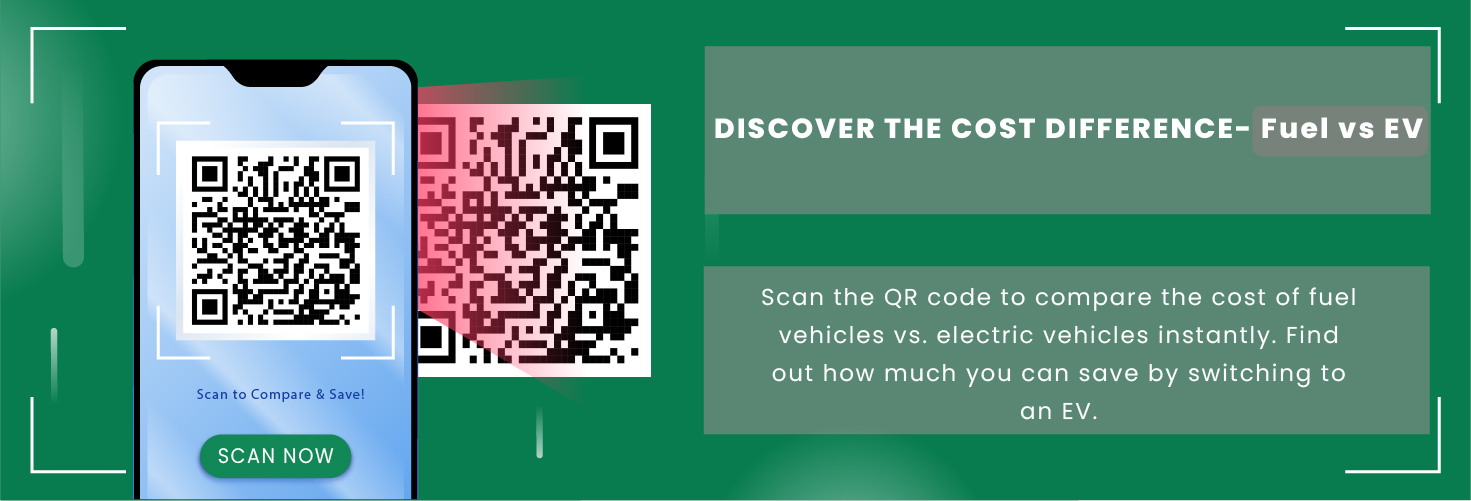
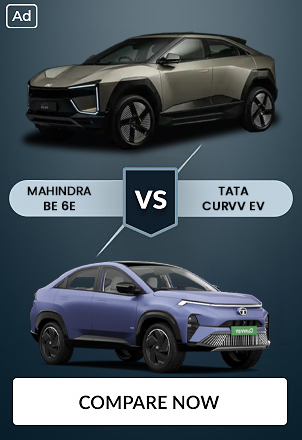
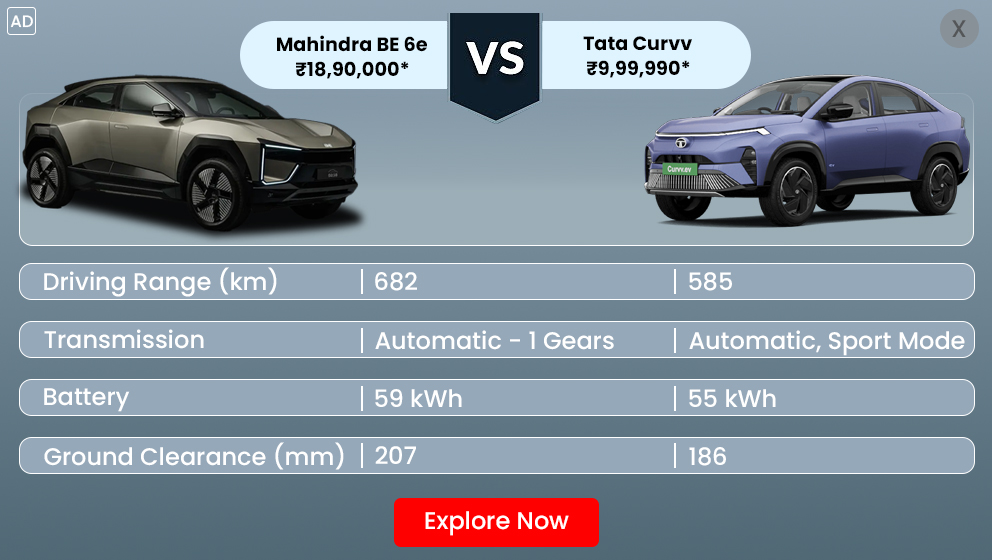


_1760523942.webp)
_1760697125.webp)
 (1)_1765788729.webp)
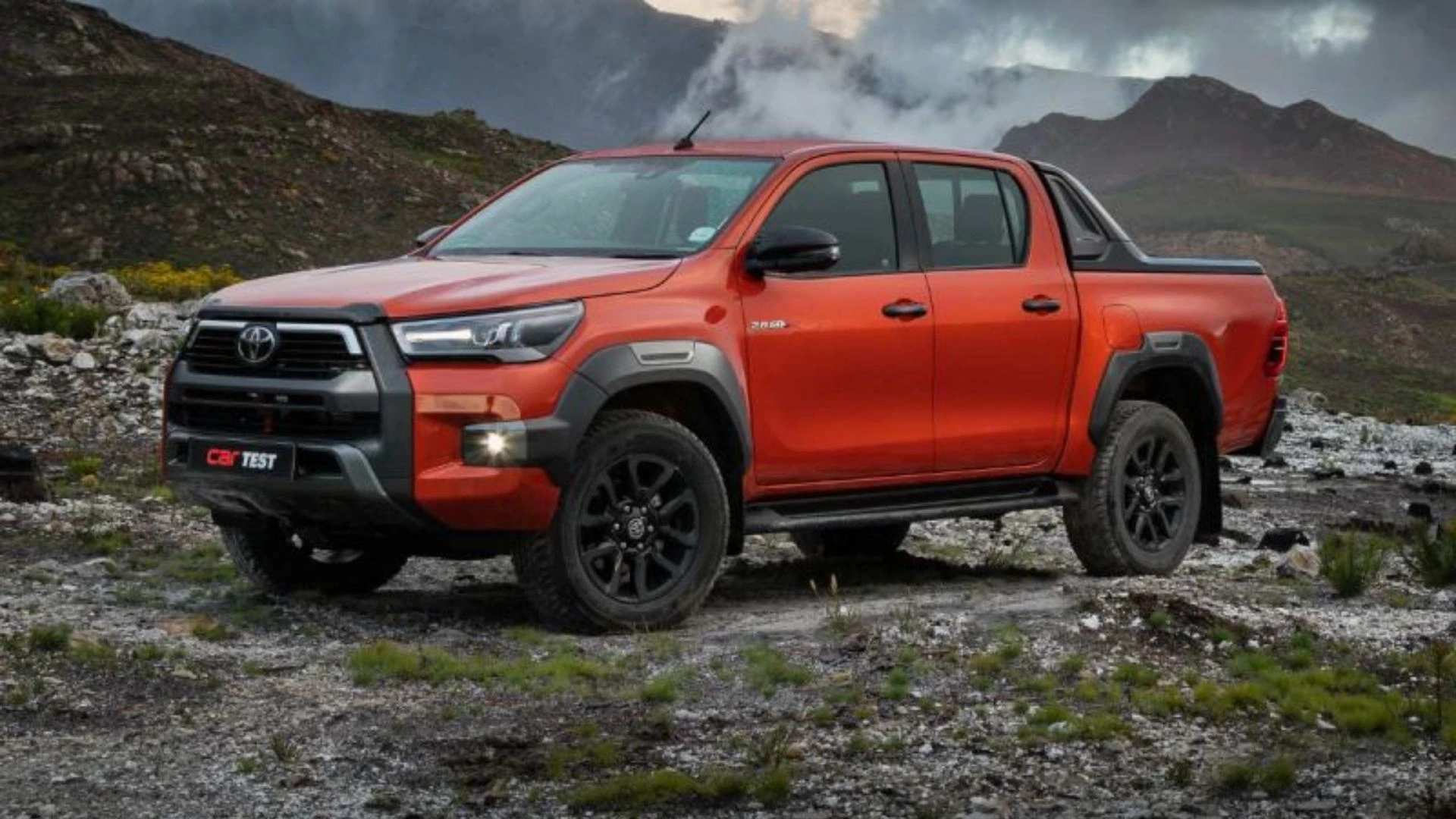
_1765778613.webp)
